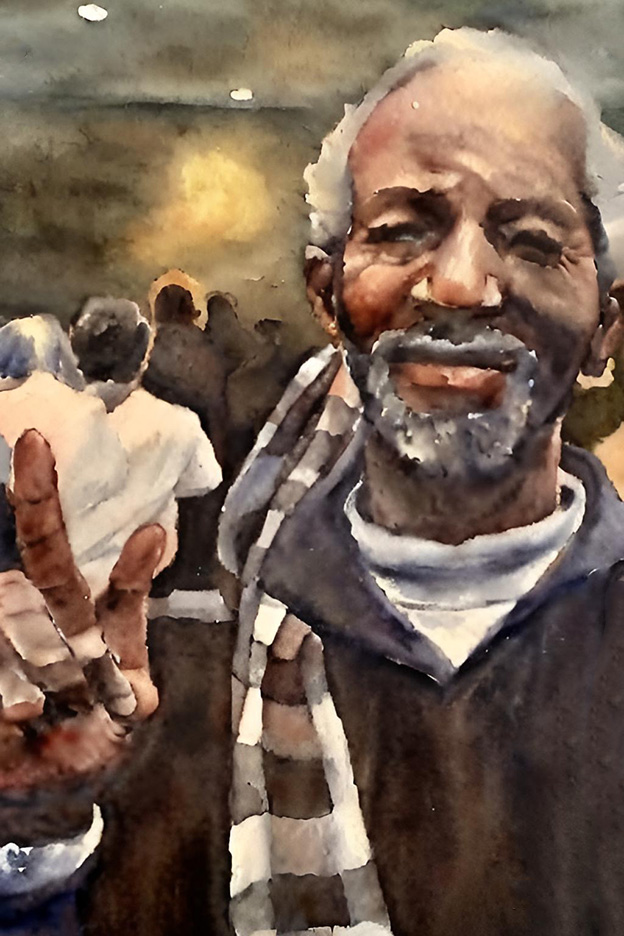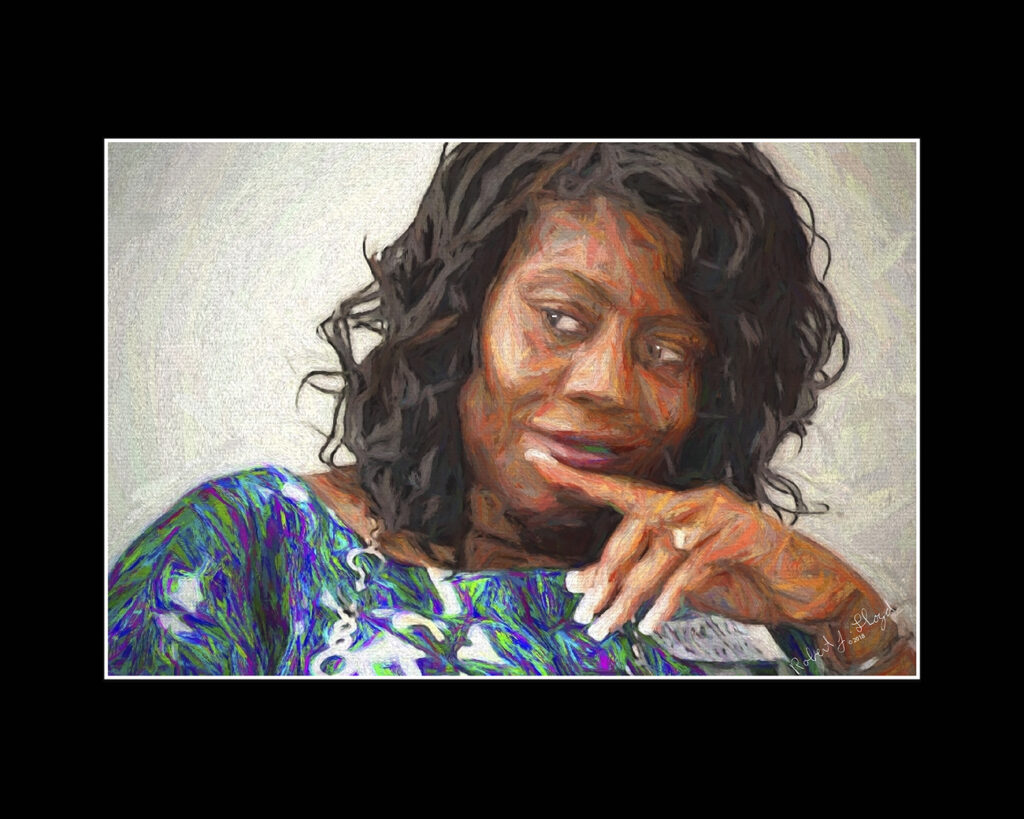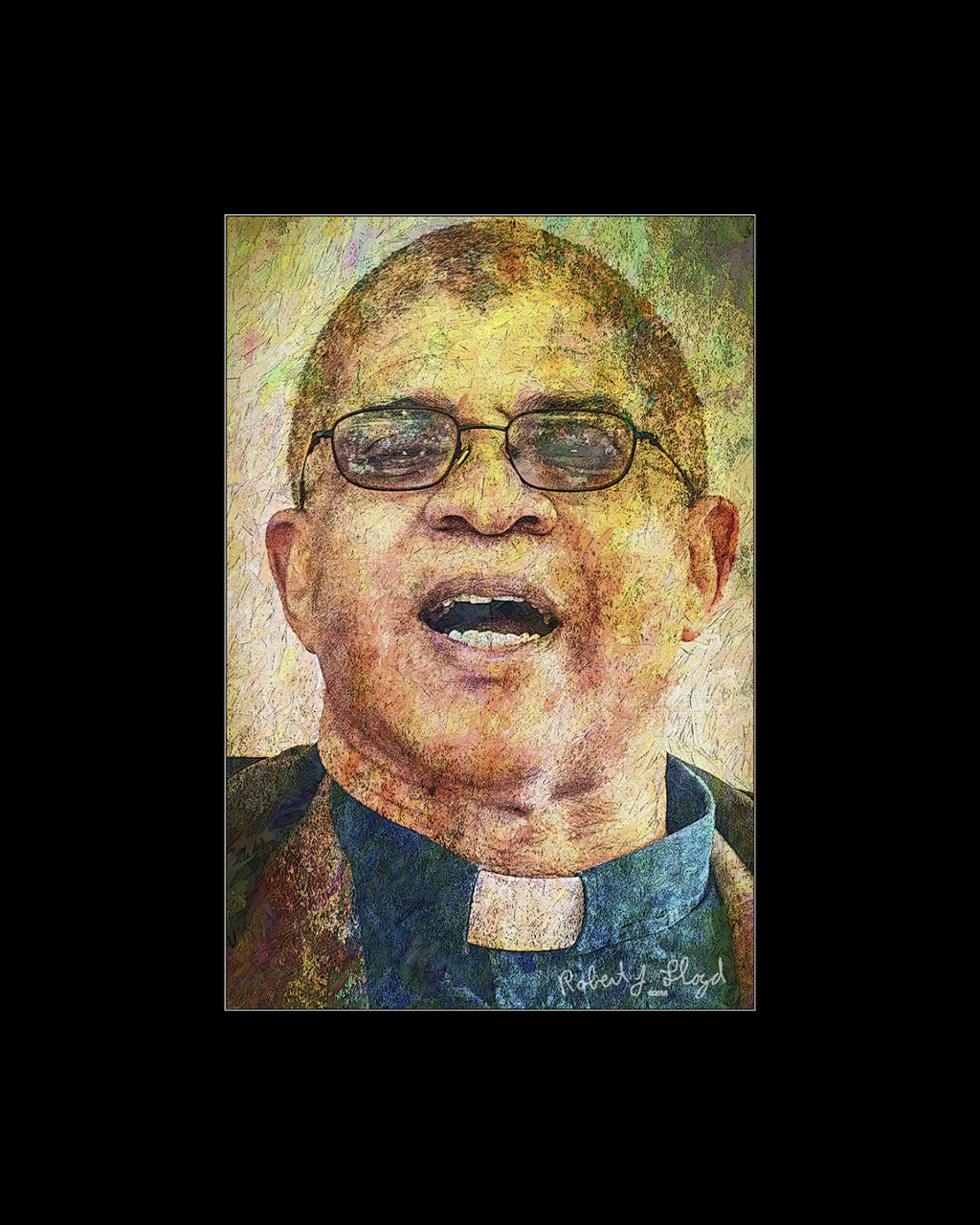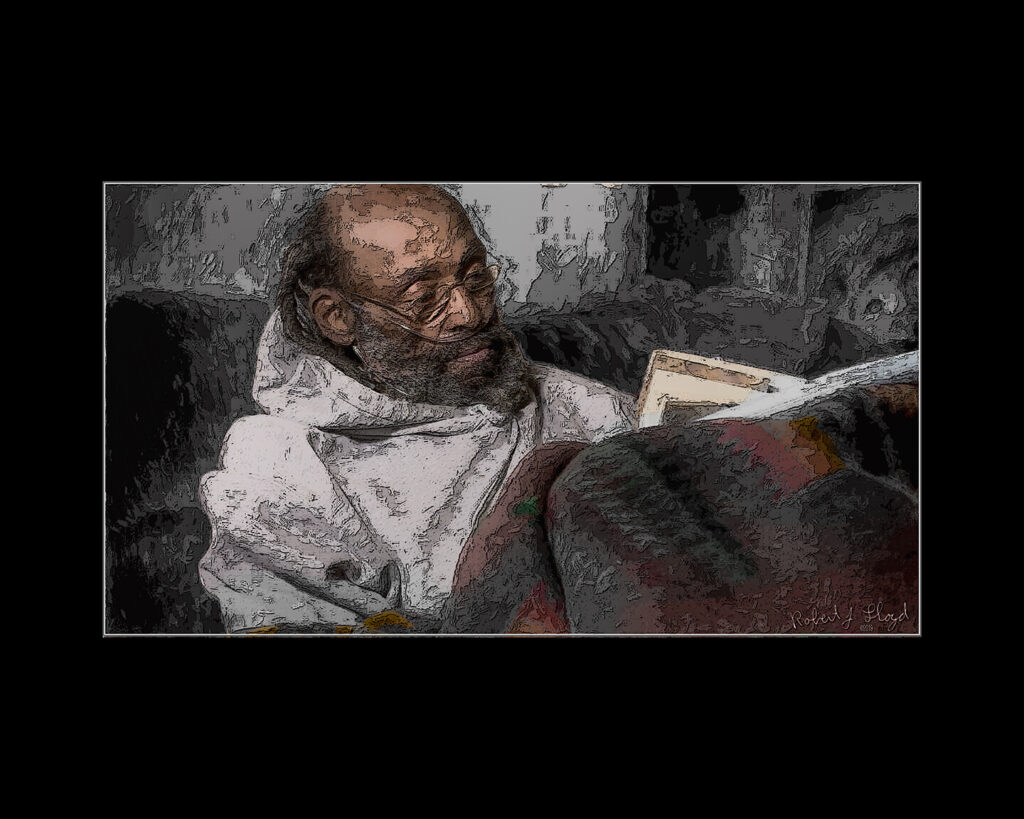Hi everyone,
I’m reaching out to share something important. These are serious times, and I believe we can no longer afford to say, “I don’t know” or remain passive. We all wake up at different moments, but now more than ever, we need to hold ourselves, our friends, relatives, and associates accountable. Our democracy is at stake.
As part of aligning my actions with my values, I’m reducing my contacts and focusing on meaningful connections.
Which side are you on?
Please take a moment to review
THE 14 PRINCIPLES at
https://4comculture.com/archives/14346.
If you wish to remain on my contact list and continue this journey together, please let me know.
Thank you for understanding.
Bob Lloyd info@4comculture.com





